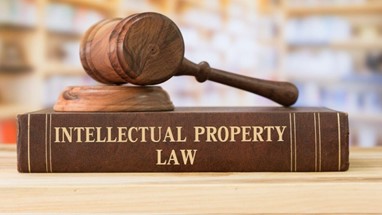The Trade Marks Act 1994 (TMA 1994) is a United Kingdom law that governs trademark registration and protection in the UK. Under this law, trademark infringement occurs when a person or business uses a registered trademark without the owner’s permission in a way that is prohibited by the Act. Trademark infringement is a violation of the exclusive rights granted to the trademark owner.
To establish trademark infringement, the trademark in question must be registered with the UK Intellectual Property Office (IPO) or the European Union Intellectual Property Office (EUIPO) and be in force. It is worth noting that an unregistered trademark, is a mark used to distinguish a business or individual from others and so can be protected from infringement based on the law of passing off. However, as unregistered trademarks are not protected by a legal statute we will not discuss them in this article.
Section 10 of the TMA 1994 sets out the various ways in which trademark infringements can arise. The key elements and aspects of trademark infringement under Section 10 are:
- Use in the Course of Trade: Infringement can occur when a registered trademark is used in the course of trade. This means it must be used in connection with goods or services in a commercial context. Personal, non-commercial use generally does not constitute trademark infringement.
- Confusion or Likelihood of Confusion: The TMA 1994 prohibits the use of an trademark that is identical or similar to a registered trademark in a way that causes confusion among consumers. This confusion can relate to the origin of the goods or services, as well as their quality or characteristics.
- Essential Functions of a Trademark: Infringement can also occur if the unauthorized use of a trademark takes unfair advantage of, or is detrimental to, the distinctive character or reputation of the registered trademark. In other words, it should not undermine the essential functions of the trademark, which are to identify the source of goods or services and guarantee their quality.
- Exclusive Rights of the Trademark Owner: The registered trademark owner has exclusive rights to use the trademark in connection with the goods and services for which it is registered. Any use of a similar or identical mark by others in a way that conflicts with these rights may constitute infringement.
- Defences: There are certain defences available to a defendant accused of trademark infringement, such as demonstrating that they have a legitimate right to use the trademark, that the registered trademark is not distinctive, or that their use is not likely to cause confusion.
- Remedies: If trademark infringement is proven in court, the trademark owner may be entitled to remedies, which can include injunctions to stop the infringing activities, damages or an account of profits, and legal costs.
It’s important to note that the TMA 1994 is specific to the United Kingdom, and trademark laws can vary from country to country.
For further information on this topic or on any other legal area, please contact John Szepietowski or Kay Stewart at Audley Chaucer Solicitors on 01372 303444 or email admin@audleychaucer.com or visit our Linkedin page at https://www.linkedin.com/company/audley-chaucer-solicitors/.
Kieran Pezzack
This information was correct as of September 2023
